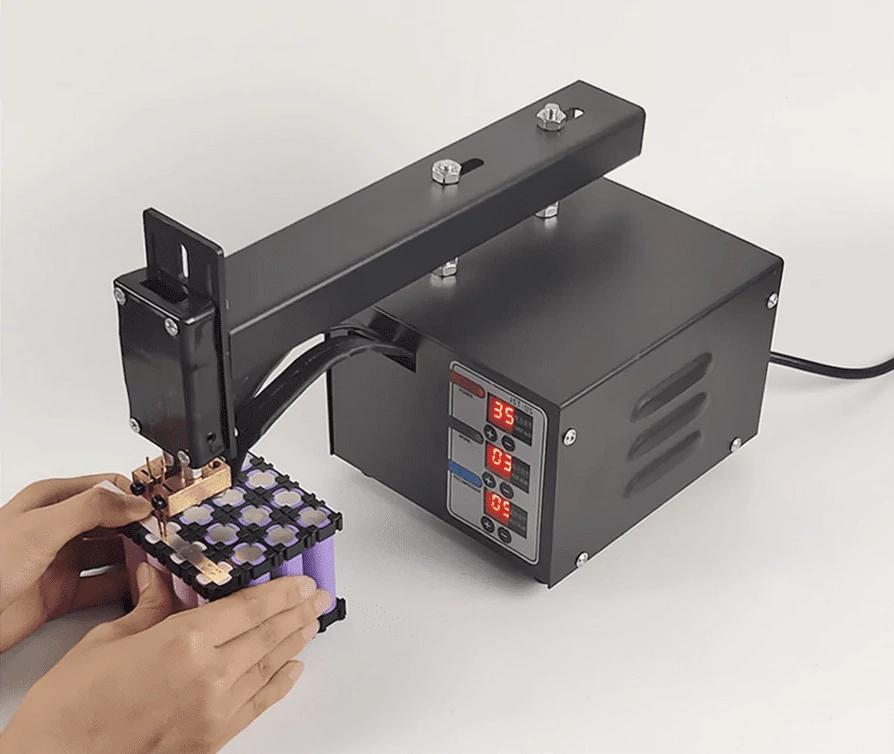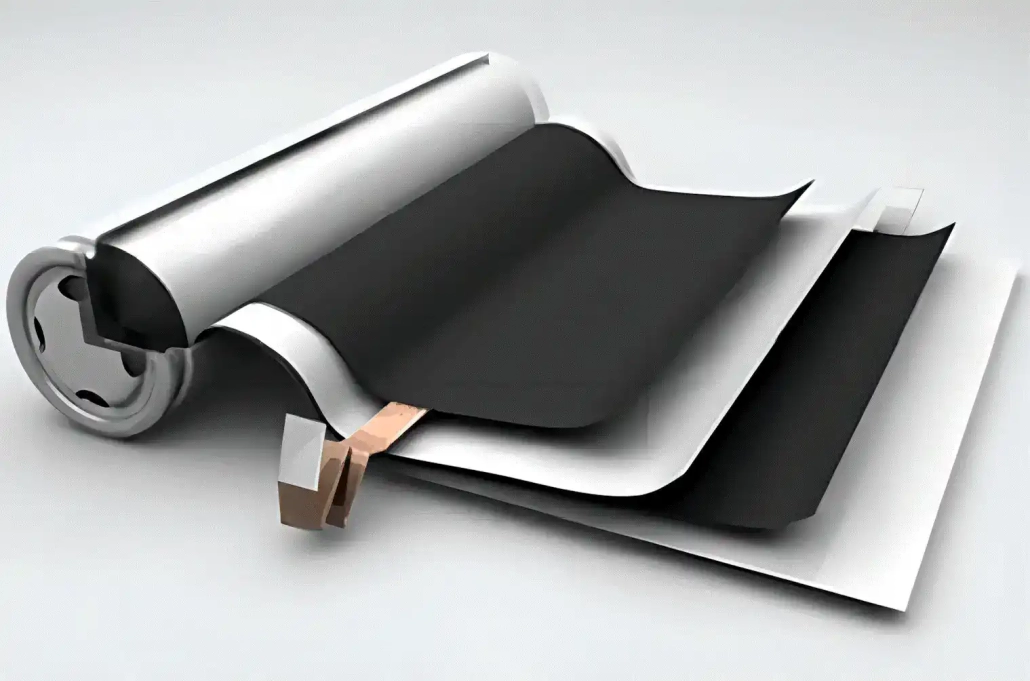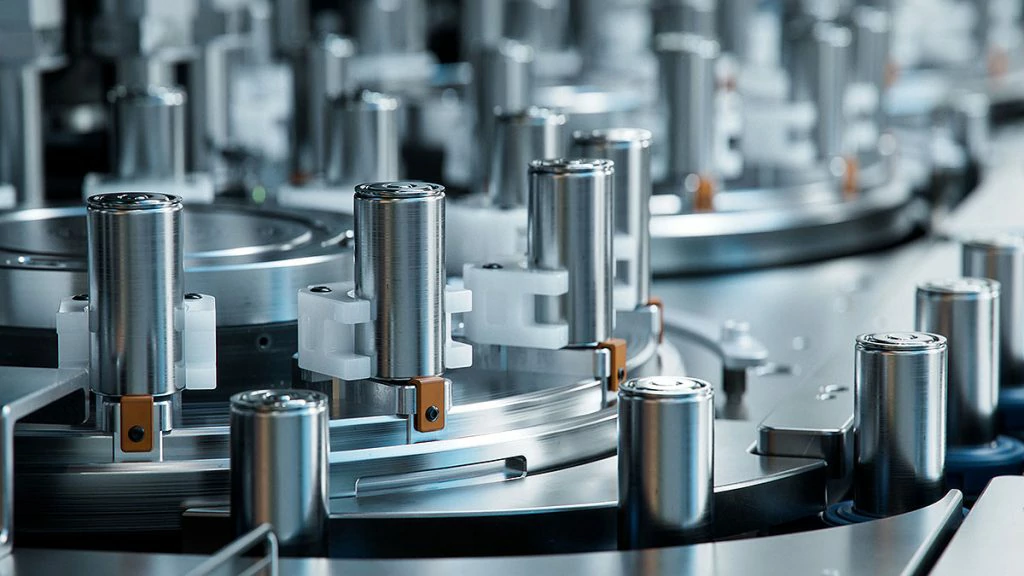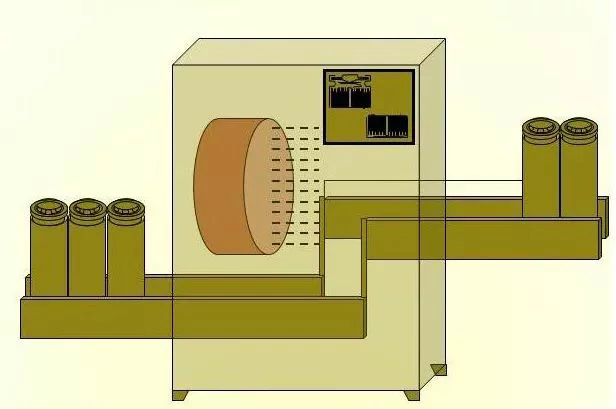LithiumIon Battery Calendering Process: Precision Engineering for HighPerformance Cells
main content
The lithiumion battery calendering process is a critical step in electrode manufacturing, transforming coated electrodes into dense, durable structures that maximize energy output and longevity. By applying controlled pressure and heat, calendering bridges the gap between raw materials and highefficiency batteries, addressing challenges like internal resistance, structural integrity, and cycle life. This article explores how advanced calendering techniques elevate battery performance through two key mechanisms: material densification and mechanical optimization.
1. Material Densification: Boosting Energy Density and Conductivity
Freshly coated electrodes exhibit a porous, loosely bonded structure—ideal for electrolyte absorption but inefficient for electron and ion transport. Calendering compresses these layers, reducing porosity from ~50% to below 30% and increasing compaction density (e.g., 3.6 g/cm³ for NCM cathodes). This consolidation achieves three critical outcomes:
Shortened Ion Pathways: Thinner, denser electrodes minimize lithiumion diffusion distances, lowering internal resistance by 9–20% and enabling faster charge/discharge rates .
Enhanced Conductive Networks: Pressuredriven fusion of active particles, conductive additives (e.g., carbon black), and binders creates seamless electron pathways. For instance, hot calendering (90–160°C) melts binders like PVDF, ensuring uniform adhesion and reducing "dead zones" where inactive particles disrupt conductivity .
Precision Thickness Control: Advanced roller systems achieve ±0.8 μm thickness uniformity, eliminating microcracks and ensuring consistent energy output across largescale production .
A notable innovation is thermally assisted calendering, which combines heat and pressure to refine graphite anodes or highnickel cathodes. This method not only enhances particle alignment but also mitigates delamination risks during electrolyte immersion, a common issue in ultrathick electrodes .
2. Mechanical Optimization: Strengthening Electrodes for RealWorld Demands
Calendering isn’t just about density—it’s about durability. Electrodes undergo extreme stress during cell assembly (e.g., slitting, winding) and operation (repeated lithiumion insertion/extraction). Without proper mechanical reinforcement, electrodes crack, shed active material, or swell, leading to rapid capacity fade. Modern calendering addresses these challenges through:
Peel Strength Enhancement: Compaction increases adhesion between the active layer and current collector (e.g., copper foil for anodes, aluminum for cathodes). Peel strength improvements of 30–50% prevent particle detachment during bending or vibration, a critical factor for electric vehicle batteries exposed to rough terrains .
Flexibility Retention: Paradoxically, denser electrodes can become brittle. Precisioncalibrated rollers balance compaction force to maintain electrode flexibility, allowing tight winding without fractures. For example, gradientpressure systems apply higher force at the core and lighter pressure at the edges, preserving structural resilience .
Swelling Suppression: High compaction density reduces void spaces where lithium dendrites or gas bubbles form during cycling. Tests show calendered NCM811 cathodes exhibit 40% less thickness expansion after 500 cycles compared to noncalendered counterparts .
Emerging techniques like laserassisted calendering further refine surface smoothness, eliminating burrs that could pierce separators and cause short circuits. This is particularly vital for nextgen solidstate batteries, where even micronscale imperfections jeopardize safety .
Why Calendering Defines Battery Quality
The lithiumion battery calendering process directly impacts every performance metric: energy density, charge speed, lifespan, and safety. By transforming electrodes into cohesive, defectfree layers, manufacturers unlock three competitive advantages:
1. Higher Energy Density: Denser electrodes pack more active material per unit volume, extending EV driving ranges or smartphone uptime.
2. Lower Production Costs: Reduced porosity means fewer inactive materials (e.g., excess electrolyte), trimming material expenses by 15–25% .
3. Adaptability to Advanced Chemistries: From siliconrich anodes to sulfur cathodes, calendering techniques are adjustable to accommodate expansionprone materials without sacrificing conductivity .
As batteries evolve toward higher voltages and faster charging, calendering will remain indispensable. Innovations like AIdriven pressure optimization and nanostructured roller coatings are already pushing the boundaries of precision, ensuring this decadesold process continues to power the energy revolution.

START-STOP LITHIUM battery
Enov start-stop battery is designed to provide excellent performance for high-demand start-stop vaehicles. It adopts the third-generation intelligent lithium platform architecture to achieve technological breakthroughs in core indicators such as cycle life, environmental adaptability and energy density. Compared with the traditional lead-acid battery system, the energy efficiency is increased by 210%, the cycle life is extended by 8-10 times, and the monthly self-discharge rate is controlled within 3%. Enov's unique low-temperature battery technology makes a breakthrough in achieving stable output in the whole climate domain from -30℃ to 65℃, maintaining more than 90% of the effective capacity release under extremely cold conditions (-30℃), and maintaining 90% of the capacity in high temperature environments (65℃).
The start-stop battery series products cover the mainstream voltage platform of 12V/24V/48V, and support flexible configuration of LFP (lithium iron phosphate) and NCM (lithium nickel cobalt manganese oxide) dual-material system. All models adopt modular design to support customization of different model specifications. Enuo engineering and technical team to provide full cycle technical service support, if you need, please contact us.
Other products
UAV BATTERY
LITHIUM ENERGY STORAGE BATTERY
QUICK INQUIRY
FAQ
Access to high frequency technical questions with one click, get accurate answers on product application, after-sales policy and customization process.
Service and Support
Get the latest product specifications, explore professional OEM/ODM customization services, click to open exclusive technical support and production solutions.
Become a Partner
We sincerely invite resources to interconnect, work together for win-win development, and immediately open a new chapter of strategic cooperation!



